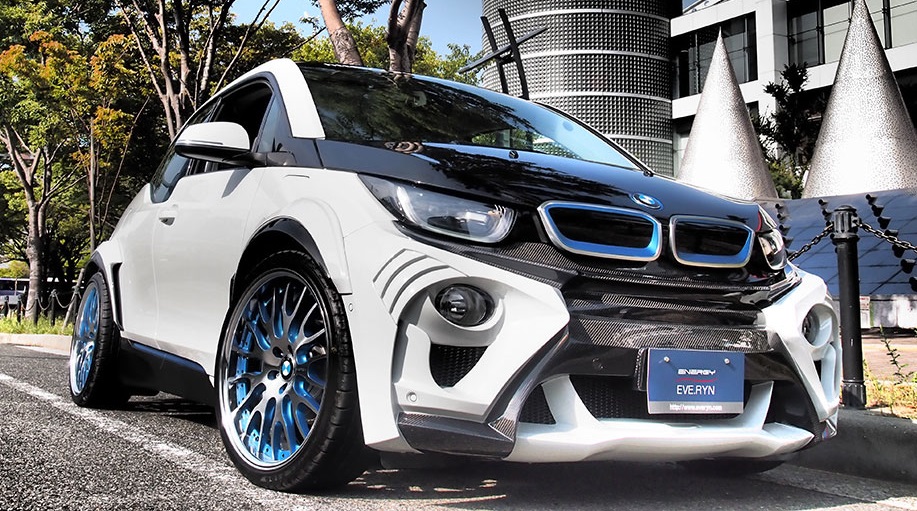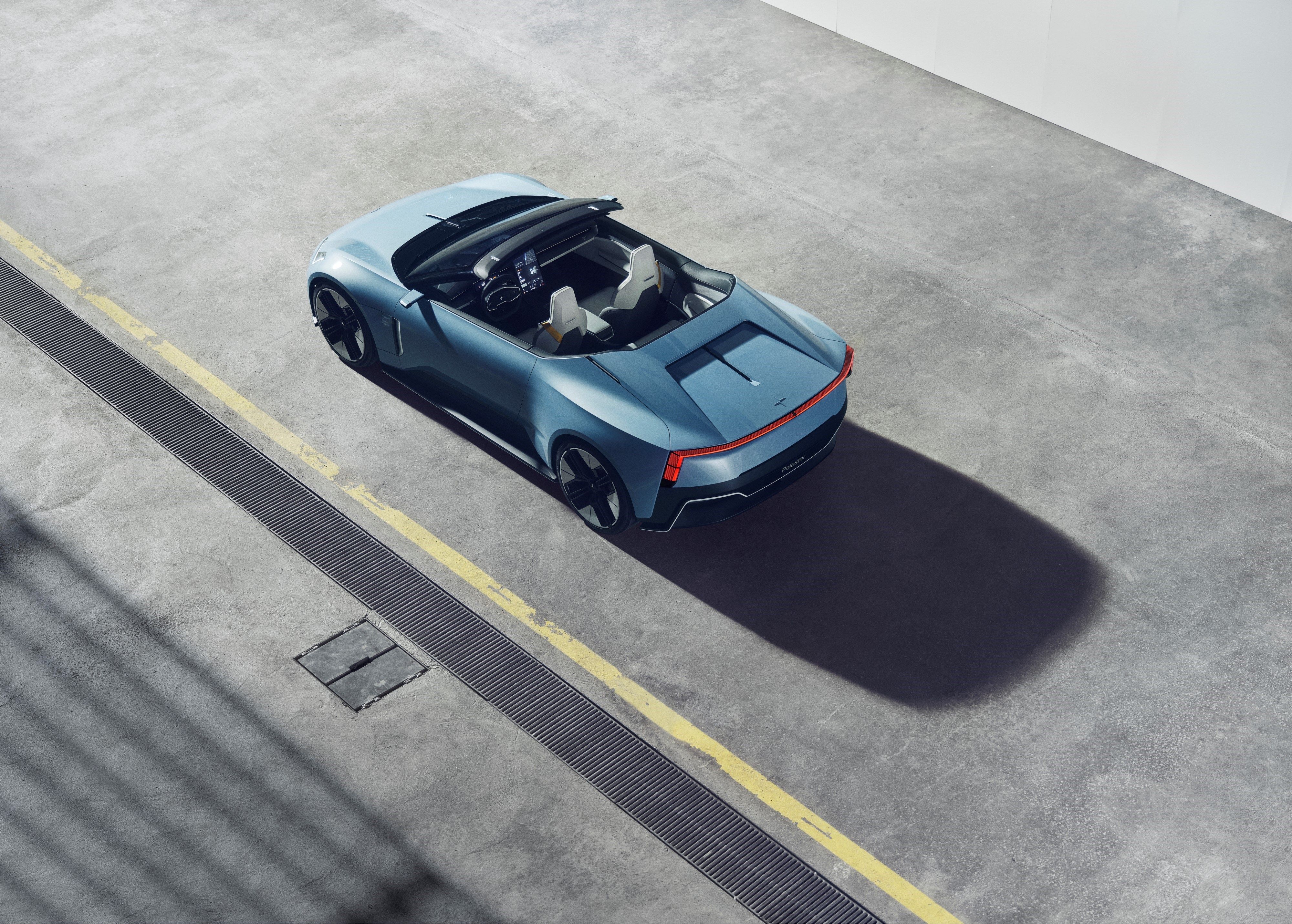
Meanwhile, the possibilities for torque-vectoring all-wheel drive with a pair (or, better, four) motors are awesome. Power output increases immensely, while range is greatly reduced. With two motors sucking current, the effect is the same as our battery scenario above. Now, a production car electric motor is far smaller and lighter than your average petrol engine, which makes this very possible (in theory, of course). The alternative to high-voltage batteries is to add extra motors. The range reduction to around half of the standard 135-odd kilometres comes as the downside, along with accelerated front tyre wear.

The Nissan’s outputs mightn’t double, but if they did it’d produce 160kW and 560Nm (assuming the motor and controller were up to it). In this scenario, the total power output (of the battery) would be up from 90 to 180kW. However, if all 192 cells were arranged in series, the total voltage would double to around 720 volts and the capacity would be 12kWh. The two halves are then arranged in parallel, to provide the 24kWh capacity. The battery is arranged into two lots of 96 cells connected in series, for a total of around 360 volts. It consists of 192 cells, each of them a nominal 3.8 volts.

Take the battery pack in the humble Nissan Leaf, for example. Now, while in practice this isn’t straightforward to do just yet – not until the aftermarket catches up with ‘bolt-in’ battery pack upgrades and high-voltage motors and controllers – the principle is nonetheless simple. Just like dialling up a turbo’s boost, winding up the voltage in a battery-electric system brings big gains. If the turbocharger made it easier to shove air into an engine for a bigger bang and more power, then the electric motor makes it even easier to cram current in. With the advent of the electric car, however, a new chapter in hi-po tuning opens, and all those techniques seem decidedly old-school. Then the smarter engine management computers of the new millennium made it trickier (but not impossible) by applying artificial limitations on power despite tweaks to the turbo, intake and exhaust. The turbo made it enormously easy to make big power gains – tuners no longer worked with valves, cams and carbs, but a boost controller. Hennessey plans to produce only 105 units of this new electric hypercar starting in 2026.As the car has evolved, so have the techniques for extracting more power from it, including such internal combustion engine tuning milestones as the mainstream arrival of the turbocharger in the 80s, and the advent of the anti-tuning ECU at the beginning of the 2000s. The seat in the back is going to be a captain seat with a zero-gravity position. The company didn’t comment on the range, but the vehicle will be almost 20-ft long, and therefore, there’s going to be space for a giant battery pack.įor the interior, Hennessey said that he wanted a “private jet experience,” so it went with a diamond configuration for the seats – allowing legroom for everyone. Our design and engineering team is excited about embracing the future,” The technology is unprecedented in this segment – both forward-thinking and innovative. Six-wheeled electric propulsion is the solution. “I’ve been building some of the world’s fastest accelerating vehicles for decades, yet they have always been performance-limited by mechanical grip.

There’s no shortage of electric hypercars with the Rimac Nevera, Drako GTE, Lotus Evija, and others.īut Hennessey has found ways to differentiate its own entry in the space with a six-wheel drive powered by six motors. Project Deep Space is still in early stages and all Hennessey unveiled today was a few design sketches: Hennessey has created a following of petrolheads with its American cars over the years, and they weren’t so happy about the move into electrification based on the comments on the live streamed announcement:

Today, Hennessey announced “Project Deep Space”, a $3 million six-wheel-drive all-electric hypercar. The company’s expertise has always been internal combustion engines, and while they are not ready to part ways with the technology, Hennessey sees where the industry is going and decided to take the first steps in electrification. Those vehicles have in common that they are powered by gas-guzzling engines. In more recent years, the company has also been making its own supercars like the Venom GT, which is based on the Lotus Exige. Over the years, Hennessey has made a name in tuning Dodge Vipers, Ford Raptors, and other American classics. Hennessey, an American car tuner better known for its gas-guzzlers, announced its first electric vehicle: a $3 million electric hypercar with six wheels powered by motors and a private jet interior.


 0 kommentar(er)
0 kommentar(er)
